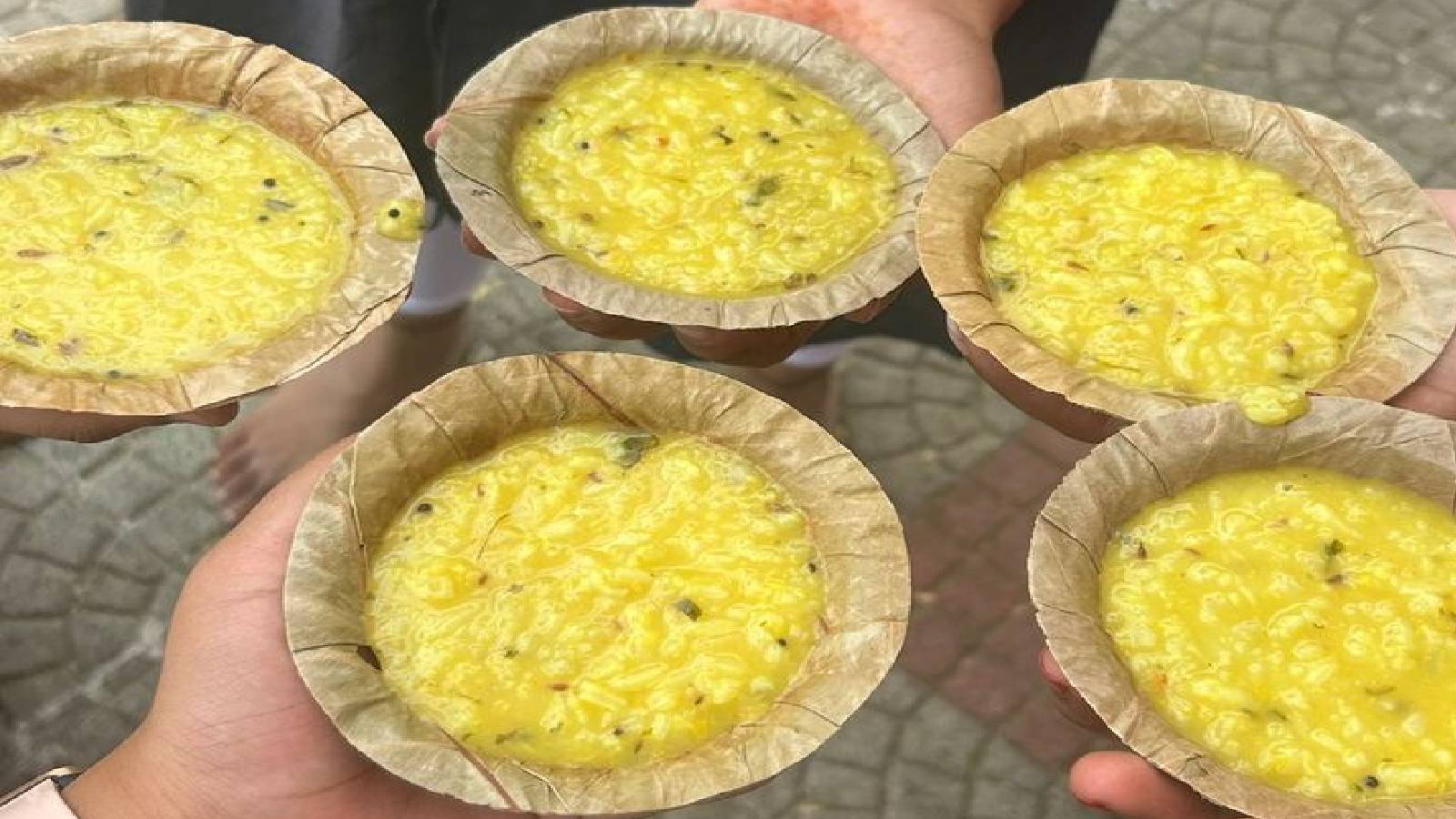Different Khichdi Recipes: Do you know that khichdi is not limited to moong dal? There are 8 types of unique khichdis in different states of India, whose names and tastes will surprise you.
Types of khichdi in india: Khichdi is a comfortable food for most people. Many famous celebrities are particularly liked by moong dal vegetable khichdi because it is delicious as well as healthy. People also make khichdi from gram dal, arhar dal and urad dal. Do you know that in different states of India, khichdi is made in different ways and its names are also different. The taste connects people, so you must try these unique forms of khichdi.
You must have eaten a plain khichdi made of moong dal, urad dal and arhar dal many times, but this khichdi has many changes and unique tastes. Just as the language and dress of every state changes, the ways of cooking also change. In this story, we will learn about 8 different types of khichdi made in different areas.
Khichdi in West Bengal
In Bengal, you will find many traditional dishes, including Macher Jhol, Chingari Malai Curry, Kosha Mangasho and Bhapa Poat. The khichdi made here is called Khichdi in the local language. It is made with vegetables such as potatoes, tomatoes and peas with rice and moong dal. Along with ghee and ginger, some spices are also added to it.
Gujarati khichdi and kadhi
Talking about the traditional khichdi recipe of Gujarat, it is made with spices like turmeric, chilli and salt with rice and arhar dal. This khichdi is served with sweet and sour curry, which is a very tasty mixture.
Khichdi of Garhwal, Uttarakhand
Garhwali Khichdi, also known as Til Khichdi, is a traditional khichdi made in Uttarakhand. Rice and urad dal is mixed with white sesame. This khichdi provides energy. Rice and lentils are soaked, and sesame is roasted and grinded. Then spices are prepared with spices like cumin, asafetida, red chili powder and turmeric in ghee or oil. Then rice, lentils and sesame are cooked. With yogurt, pickle and papad, this khichdi is a delicious and comfortable food.
Chokha khichdi in Bihar
Khichdi is specially made during Sankranti in Uttar Pradesh and Bihar. This khichdi is made from a variety of pulses, such as arhar (mostly urad dal) and moong dal, added to bay leaf, cumin, turmeric, tomato, green chillies and garlic, and it is served with pure ghee, papad, chutney and especially potato chokha.
Traditional Khichdi of Karnataka
The khichdi built in Karnataka, South India is called “BC Belle Bhat”, which is unique. It is made from tur dal and contains many types of vegetables, but its specific taste is at least 30 spices. It is served with plenty of pure ghee and its taste is excellent.
Also read- Quick Cooking Hack: Cooking hack for busy mom, 5 curry base will save hours time
Odisha’s Khechuri
Rice is a main part of daily meals in the state of Odisha, India. Adahgi Khechudi is a traditional cuisine, which is also built in the Jagannath temple and is known as Mahaprasad. At home, people make it with moong dal, in which ginger, asafoetida, bay leaves and some important spices are added. This khichdi is served with potato bharta, raita, gorge, pickle, papad and chutney.

Pongal in Tamil Nadu
A traditional cuisine of the South Indian state of Tamil Nadu is similar to Pongal, Khichdi, which is often served as a comfortable food at breakfast or at night. It is available in both sweet and salty forms. It is like North Indian khichdi, which is made from moong dal and rice. Cumin, curry leaves and cashews are applied in it. Ginger, black pepper and some other spices are also added to it.
Read this too- tomatoes will be more juicy and delicious, just adopt these experts of unique storage hack
Andhra Pradesh’s minced khichdi
Khichdi is usually made with vegetables, lentils and rice, but a non-vegetarian dish is also made in Andhra Pradesh, which is called Kema Khichdi, which tastes some of the taste of Hyderabadi Biryani.
